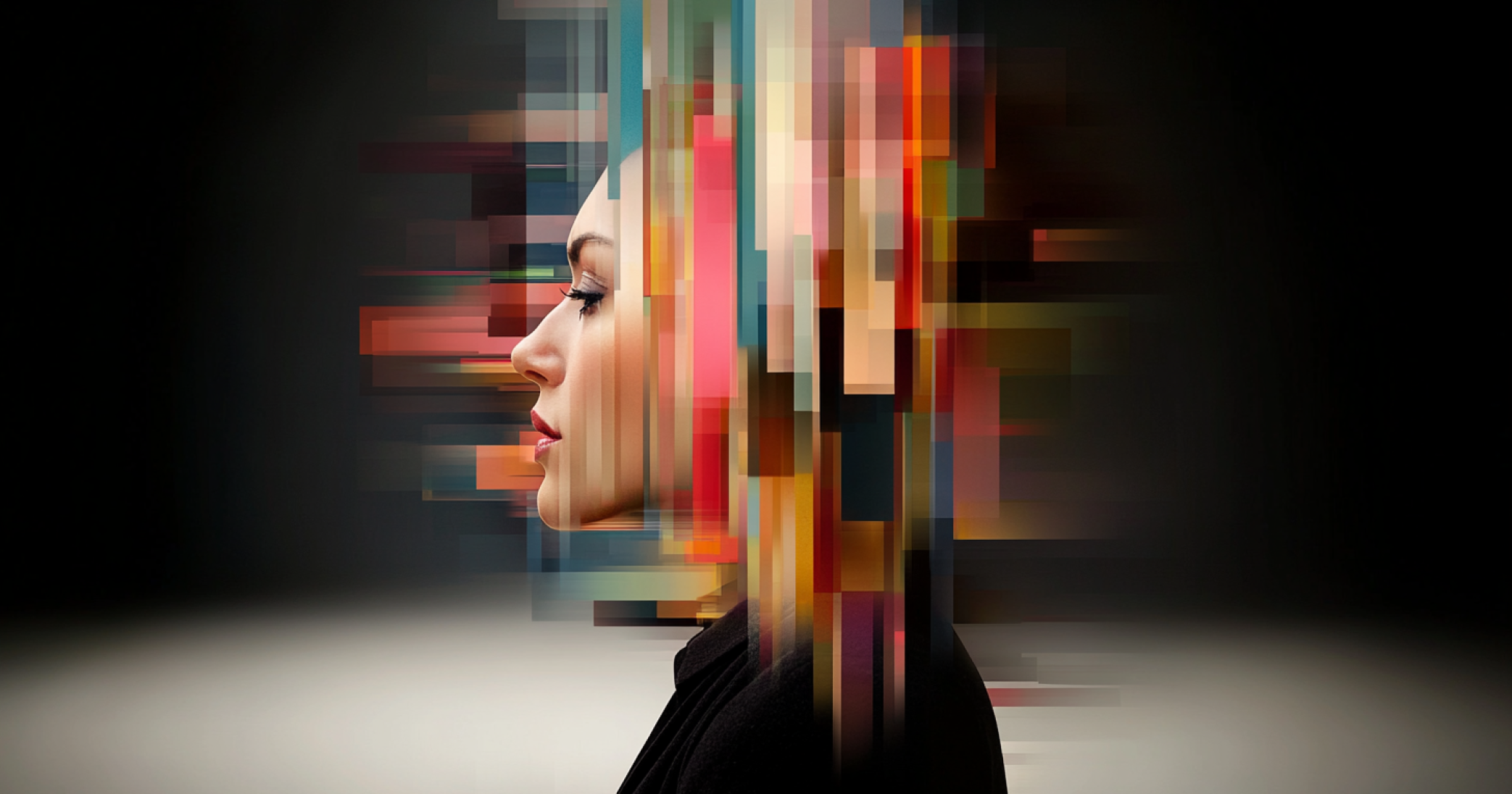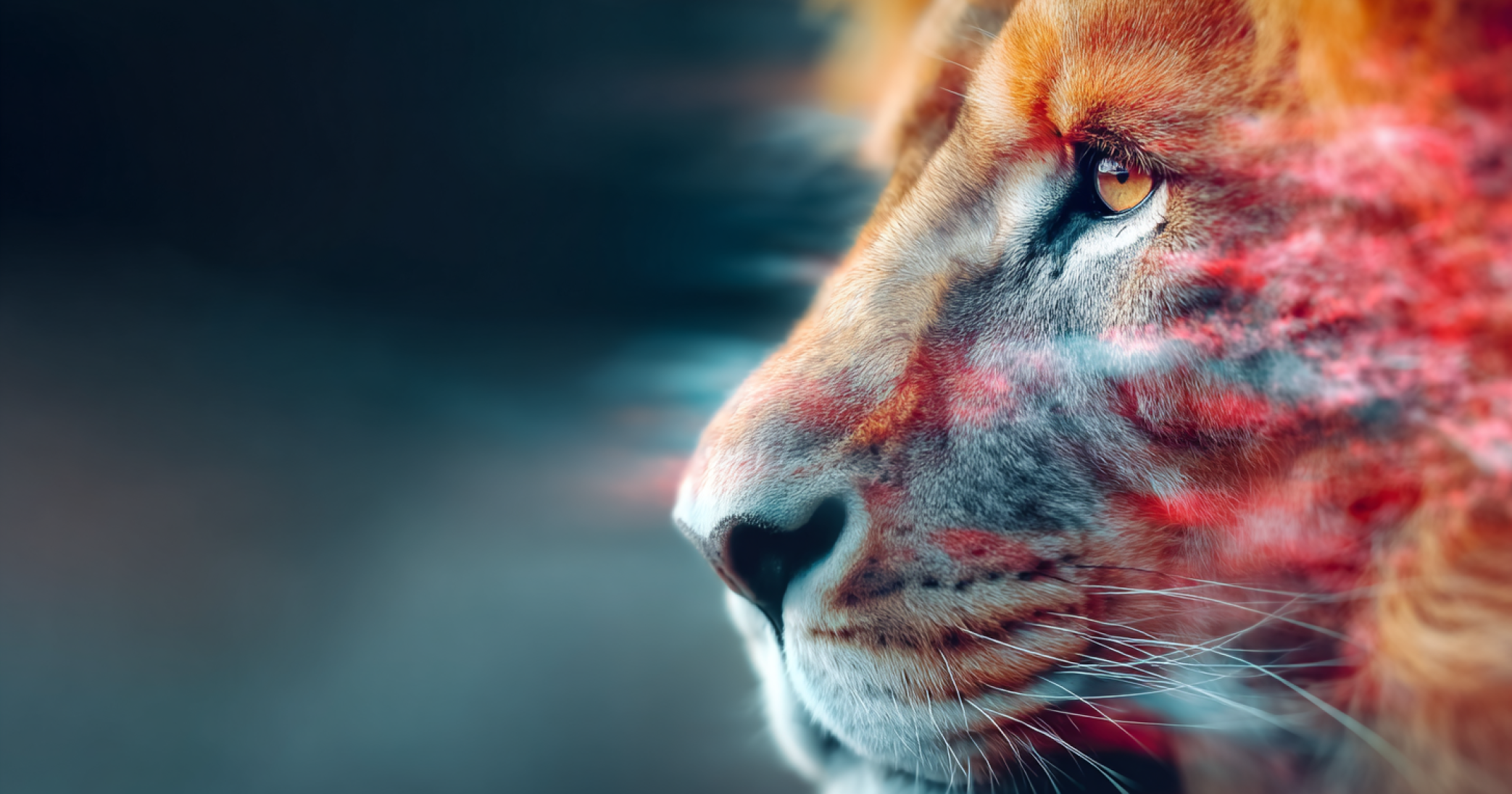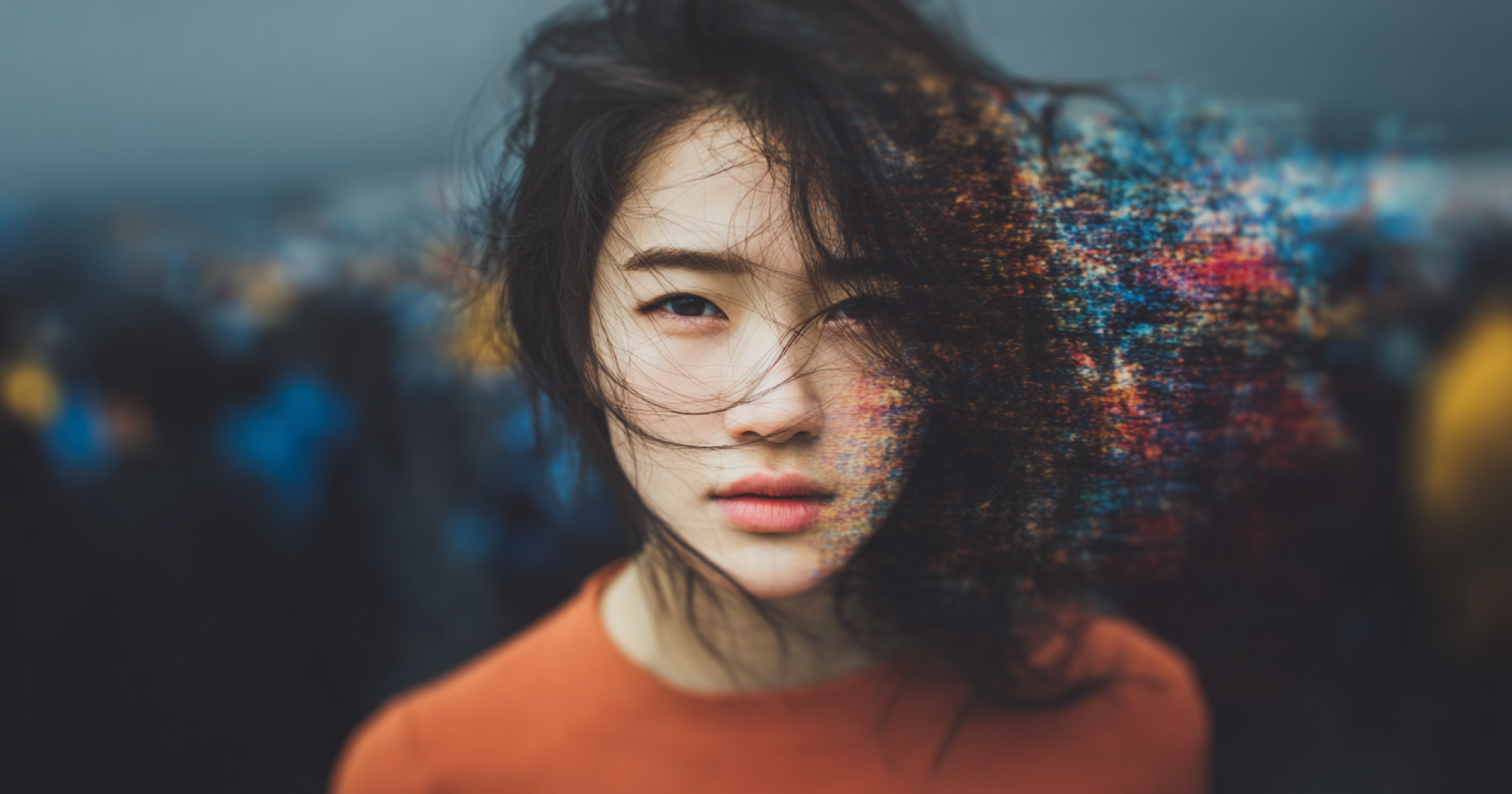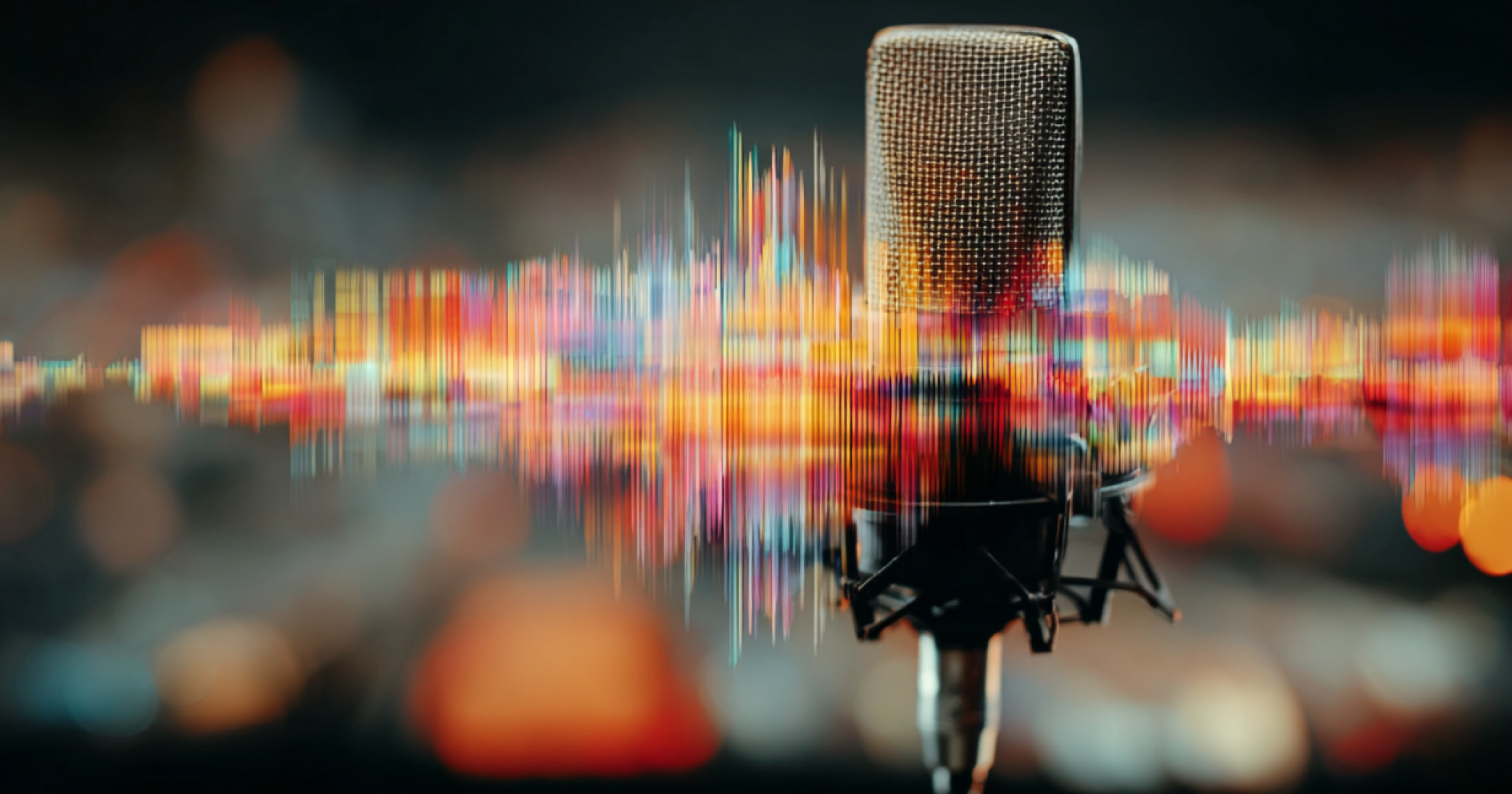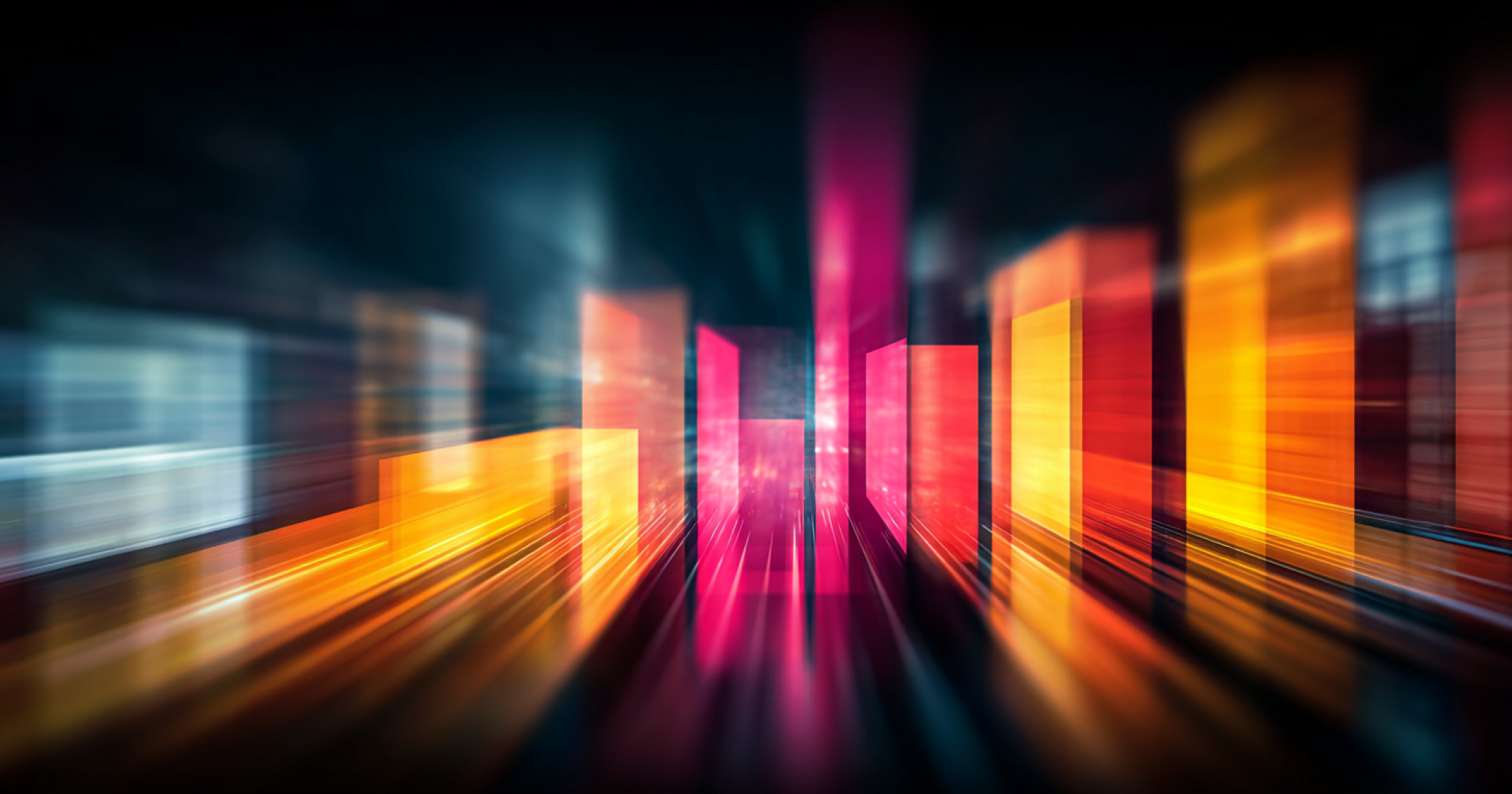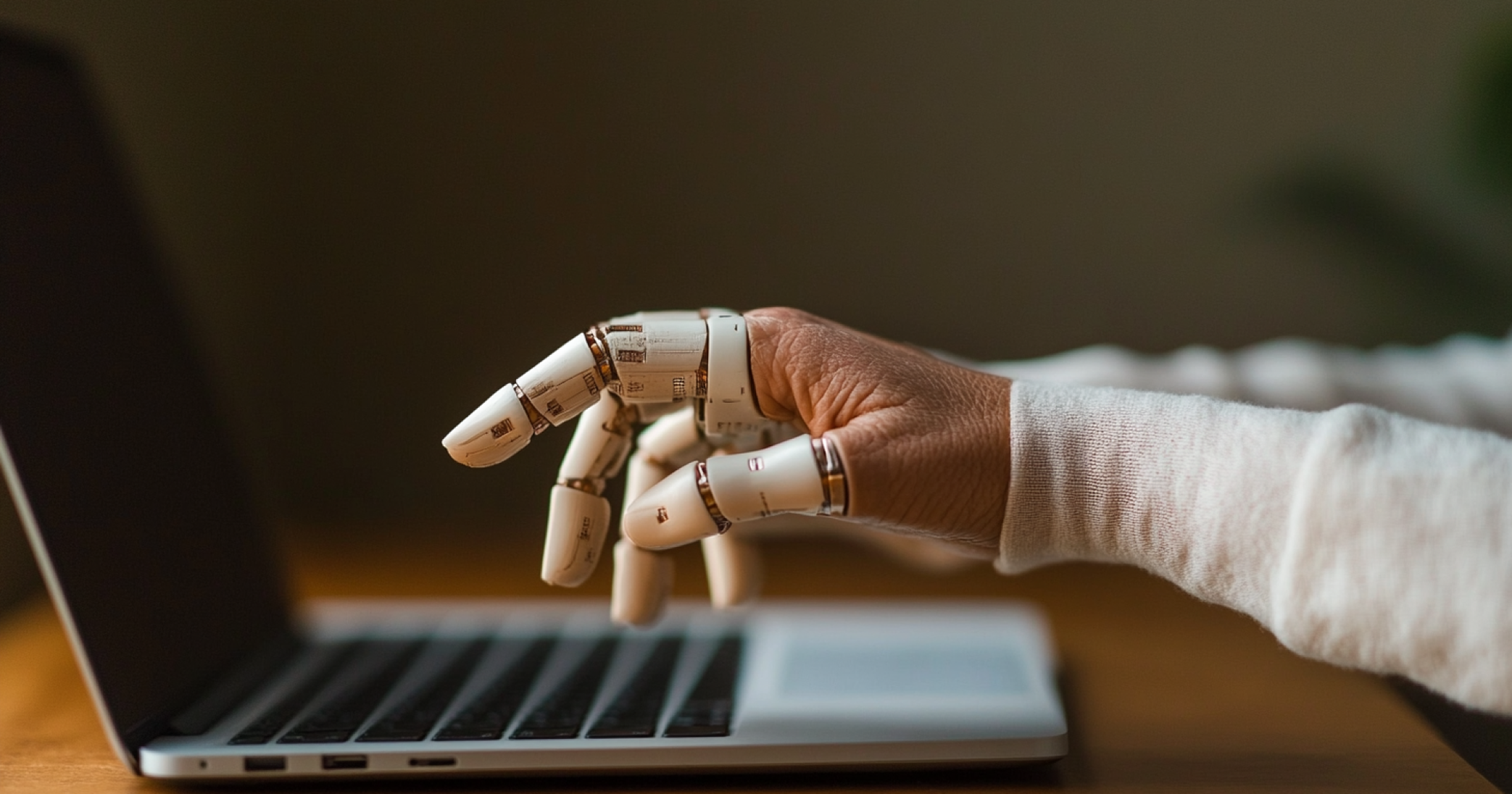Artificial intelligence (AI) has been making headlines for years. But what happens when AI is no longer just a tool, but becomes an artistic medium in its own right? This is precisely what Cristóbal Valenzuela, artist, developer, and researcher, writes about in his blog post “A New Medium.” His central question: Are we on the threshold of a new era of creativity in which AI is not just a tool, but the stage and canvas itself? This article summarizes Valenzuela’s thoughts and shows you why AI is much more than just a technical tool.
From tool to medium – the big distinction
Many of us use AI every day, often without realizing it: recommendations on Spotify, automatic translations, or image editing on our smartphones. But Valenzuela goes one step further. He compares AI to the groundbreaking media of history – such as photography or the internet. While a tool like a paintbrush belongs in the artist’s hand, a medium is the stage on which completely new forms of expression can develop.
What exactly does that mean? A medium not only opens up new technical possibilities, but also changes how we think, feel, and communicate. Photography changed our view of reality. The internet turned the way we share knowledge upside down. AI as a medium could revolutionize our creative work in the same way.
Examples of new forms of expression through AI
Valenzuela provides many examples of how AI already functions as a medium today. Artists create images that neither humans nor machines could produce on their own. Developers write music that adapts to the audience in real time. Authors let AI generate new texts—often surprising, sometimes confusing, always exciting.
One example: artists use models such as DALL·E or Stable Diffusion to create images that appear completely new. Musicians use AI-generated melodies that change depending on the mood. All these projects would be simply impossible without AI as a medium. It is comparable to the introduction of photography: suddenly, people could capture moments that were previously fleeting. AI gives us completely new tools to bring our ideas to life.
Challenges and open questions
Of course, this new medium also brings challenges. Who decides what AI is allowed to create? Who owns the works—the developer, the artist, or the AI itself? And how transparent are the algorithms that AI uses to make decisions and create designs?
Valenzuela speaks of “co-authorship” between humans and machines. AI is not an independent artist, but a partner that complements our ideas, but also influences them. This raises questions about control, responsibility, and ethics. Precisely because AI results are often unpredictable, new rules and a common understanding of “creative collaboration” are needed.
What does this mean for you? Practical tips and outlook
What specific insights can you take away from Valenzuela’s thoughts? First, AI is no longer just for experts. Today, anyone can experiment with simple tools, whether it’s writing, making music, or designing. Platforms such as RunwayML, ChatGPT, and Canva with AI features make it easy to get started.
Why not give it a try? Generate a text with AI, get a picture suggestion, or play with AI music. The important thing is to see AI not just as a tool, but as a creative medium that can expand your ideas.
Valenzuela’s outlook is optimistic: the more people understand AI as a medium, the more diverse and exciting the works that emerge will be.
So why not become part of this new creative movement yourself?
AI is on the verge of fundamentally changing our creative work – just as photography and the internet once did. Those who think ahead and get involved will not only be observers, but active participants. The future of creative work is starting now – perhaps for you too.
Source: Cristóbal Valenzuela: [A New Medium](https://cvalenzuelab.com/anewmedium)





